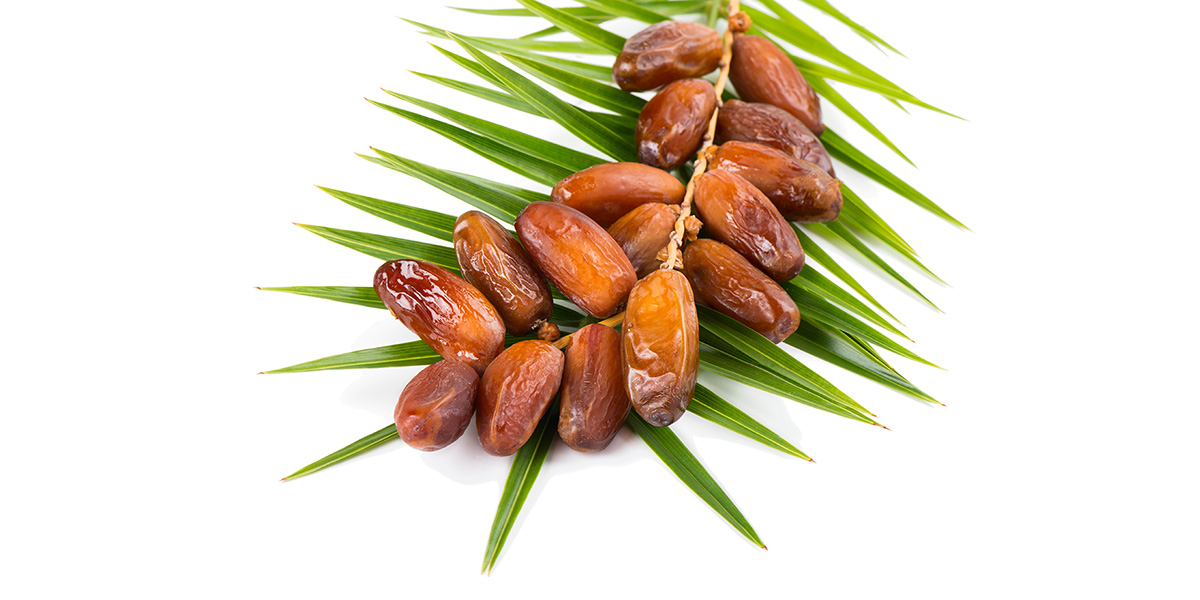Recognizing Ajwa Day Cultivation
Ajwa dates are not just loved for their preference and wellness advantages; they also have an appealing growing process. Growing Ajwa dates requires specialized understanding, skill, and patience. This post explores the growing and harvesting strategies of Ajwa days, giving understandings into the farming methods that generate these valued fruits. Environment and Soil Needs  Ajwa days flourish in hot, dry environments with a lot of sunshine and minimal rainfall. They like sandy or loamy soil with good drainage to avoid waterlogging. The optimal temperature for expanding day hands is between 20 ° C to 35 ° C. Cultivation Process 1. Proliferation. Ajwa day palms are multiplied primarily with offshoots, which are small plants that grow from the base of the parent tree. These descendants are thoroughly gotten rid of and planted to produce brand-new day palms. 2. Growing.
Ajwa days flourish in hot, dry environments with a lot of sunshine and minimal rainfall. They like sandy or loamy soil with good drainage to avoid waterlogging. The optimal temperature for expanding day hands is between 20 ° C to 35 ° C. Cultivation Process 1. Proliferation. Ajwa day palms are multiplied primarily with offshoots, which are small plants that grow from the base of the parent tree. These descendants are thoroughly gotten rid of and planted to produce brand-new day palms. 2. Growing.  The very best time to plant Ajwa date palms remains in spring or very early summer season. Farmers dig deep holes to accommodate the extensive root systems of day palms and make certain correct spacing to permit growth. 3. Irrigation. Date palms call for routine irrigation, especially throughout the blooming and fruit-setting phases. Trickle watering is frequently made use of to give consistent moisture while saving water. 4. Fertilization. Ajwa date hands take advantage of routine fertilizing to make certain healthy growth. Farmers use organic plant foods, such as garden compost and animal manure, along with mineral plant foods consisting of potassium and phosphorus. Flowering and Pollination. Ajwa day hands create separate man and women blossoms. Pollination is important for fruit development, and it can take place naturally via wind or unnaturally by hand pollination. Farmers frequently make use of a process called “pollination bags” to cover the women flowers, guaranteeing they are pollinated efficiently. Collecting Ajwa Dates. 1. Timing. The harvesting of Ajwa dates usually takes place in late summertime or very early fall, relying on the region and climate. The fruits are collected when they transform from environment-friendly to a dark brown or black shade, indicating ripeness. 2. Methods. Collecting is done by hand, with workers climbing the day hands making use of ladders or harnesses to gather the fruit. The days are meticulously reduced from the collections to stay clear of damaging the tree or the fruit. 3.Post-Harvest Processing. After harvesting, Ajwa days are sorted, cleansed, and loaded. Proper handling is vital to keep their top quality, as they can be vulnerable to spoilage otherwise dealt with meticulously. Conclusion. The farming of Ajwa dates is a labor-intensive process that calls for ability and devotion. From growing to harvesting, each action is crucial in generating the high-grade dates that are cherished worldwide. Understanding this process enhances gratitude for these scrumptious fruits and the effort that goes into expanding them.
The very best time to plant Ajwa date palms remains in spring or very early summer season. Farmers dig deep holes to accommodate the extensive root systems of day palms and make certain correct spacing to permit growth. 3. Irrigation. Date palms call for routine irrigation, especially throughout the blooming and fruit-setting phases. Trickle watering is frequently made use of to give consistent moisture while saving water. 4. Fertilization. Ajwa date hands take advantage of routine fertilizing to make certain healthy growth. Farmers use organic plant foods, such as garden compost and animal manure, along with mineral plant foods consisting of potassium and phosphorus. Flowering and Pollination. Ajwa day hands create separate man and women blossoms. Pollination is important for fruit development, and it can take place naturally via wind or unnaturally by hand pollination. Farmers frequently make use of a process called “pollination bags” to cover the women flowers, guaranteeing they are pollinated efficiently. Collecting Ajwa Dates. 1. Timing. The harvesting of Ajwa dates usually takes place in late summertime or very early fall, relying on the region and climate. The fruits are collected when they transform from environment-friendly to a dark brown or black shade, indicating ripeness. 2. Methods. Collecting is done by hand, with workers climbing the day hands making use of ladders or harnesses to gather the fruit. The days are meticulously reduced from the collections to stay clear of damaging the tree or the fruit. 3.Post-Harvest Processing. After harvesting, Ajwa days are sorted, cleansed, and loaded. Proper handling is vital to keep their top quality, as they can be vulnerable to spoilage otherwise dealt with meticulously. Conclusion. The farming of Ajwa dates is a labor-intensive process that calls for ability and devotion. From growing to harvesting, each action is crucial in generating the high-grade dates that are cherished worldwide. Understanding this process enhances gratitude for these scrumptious fruits and the effort that goes into expanding them.